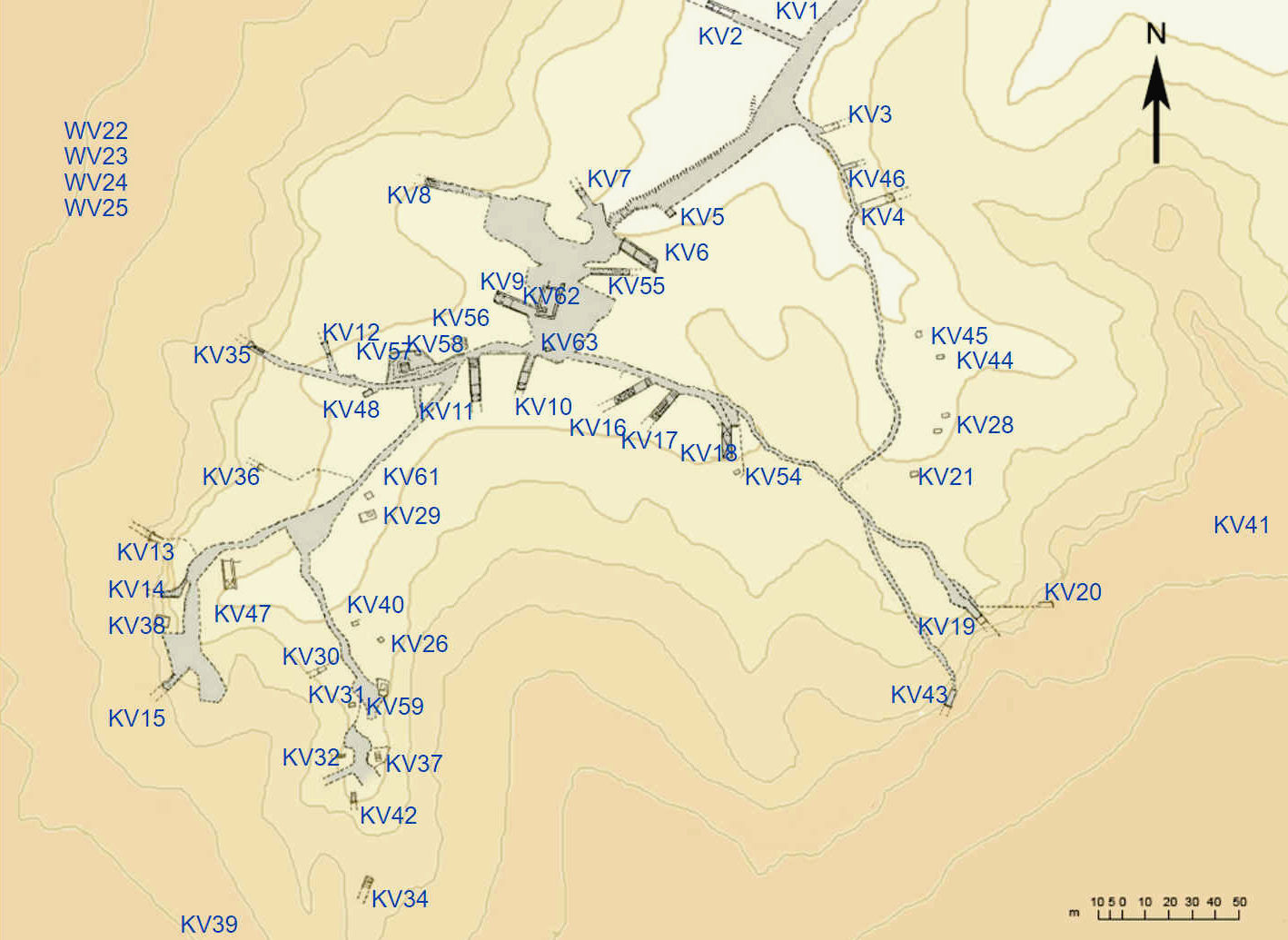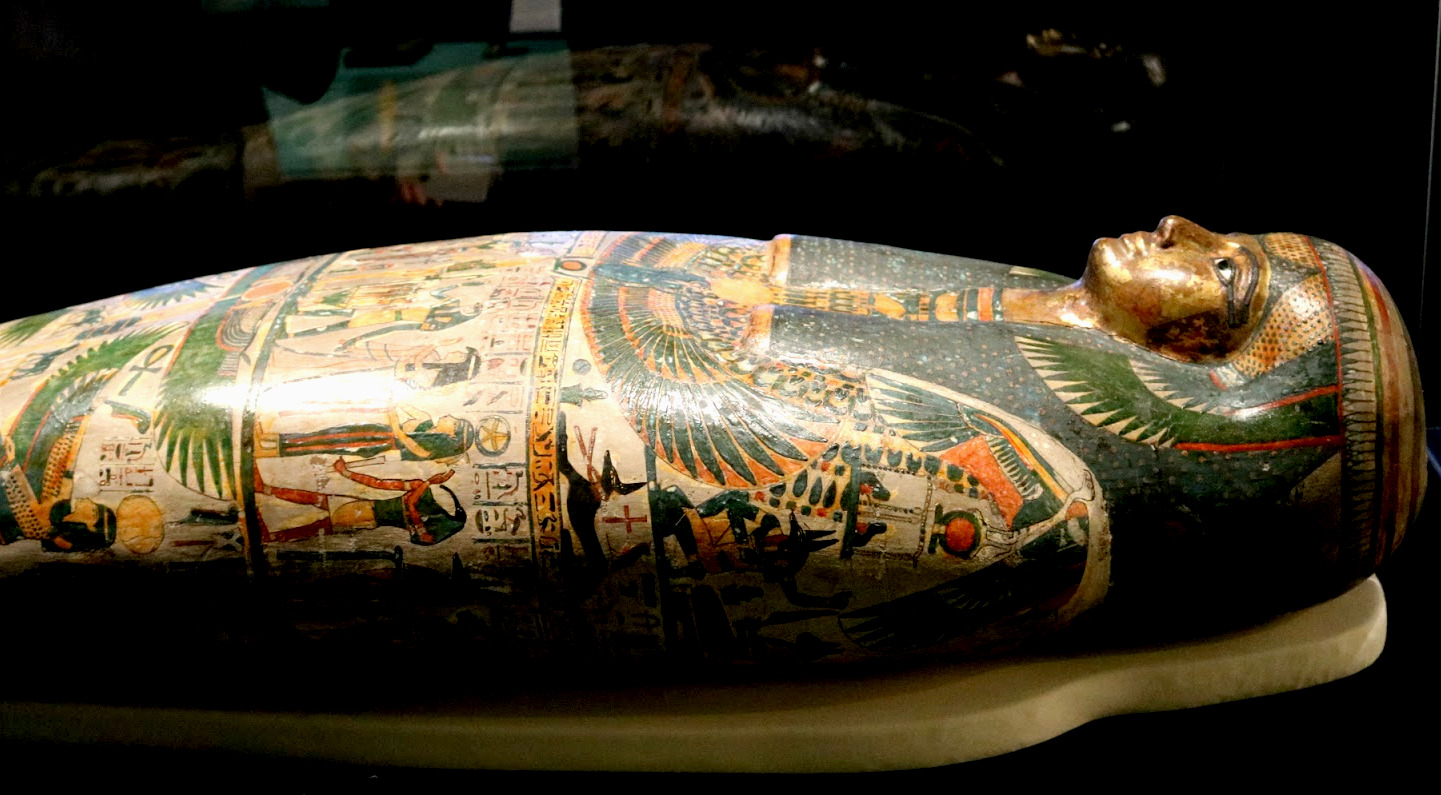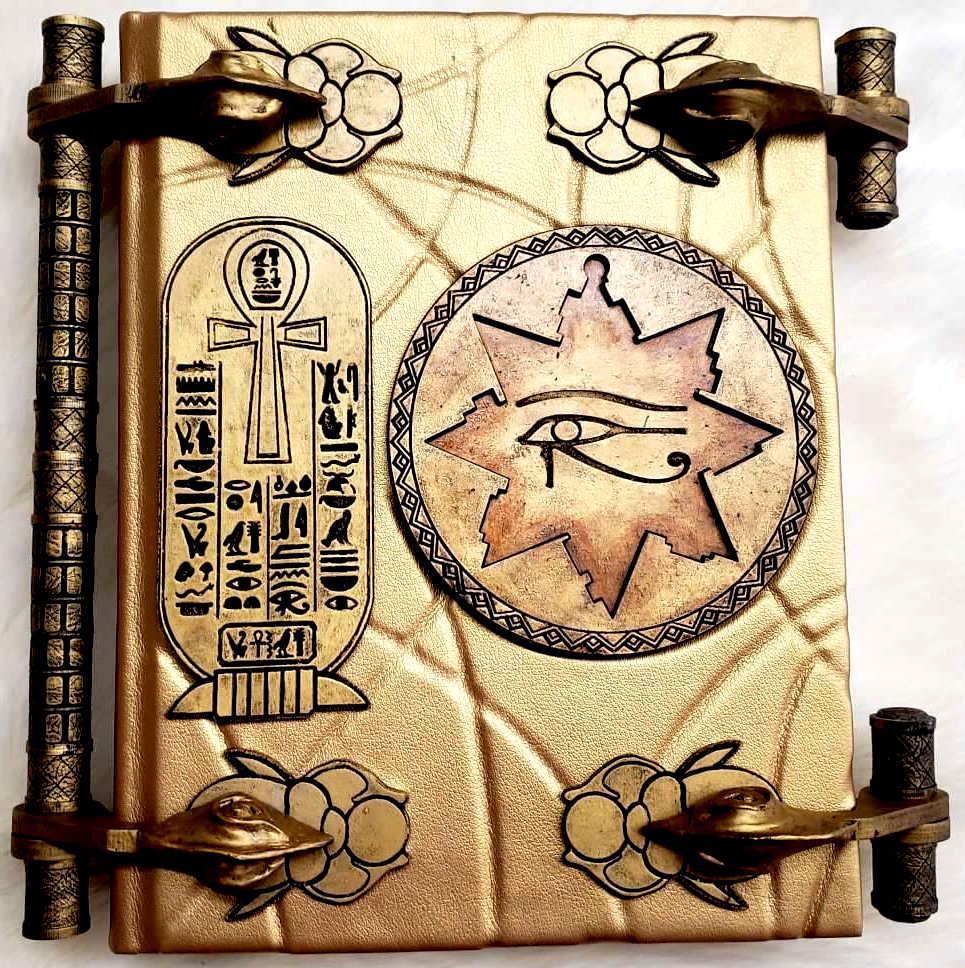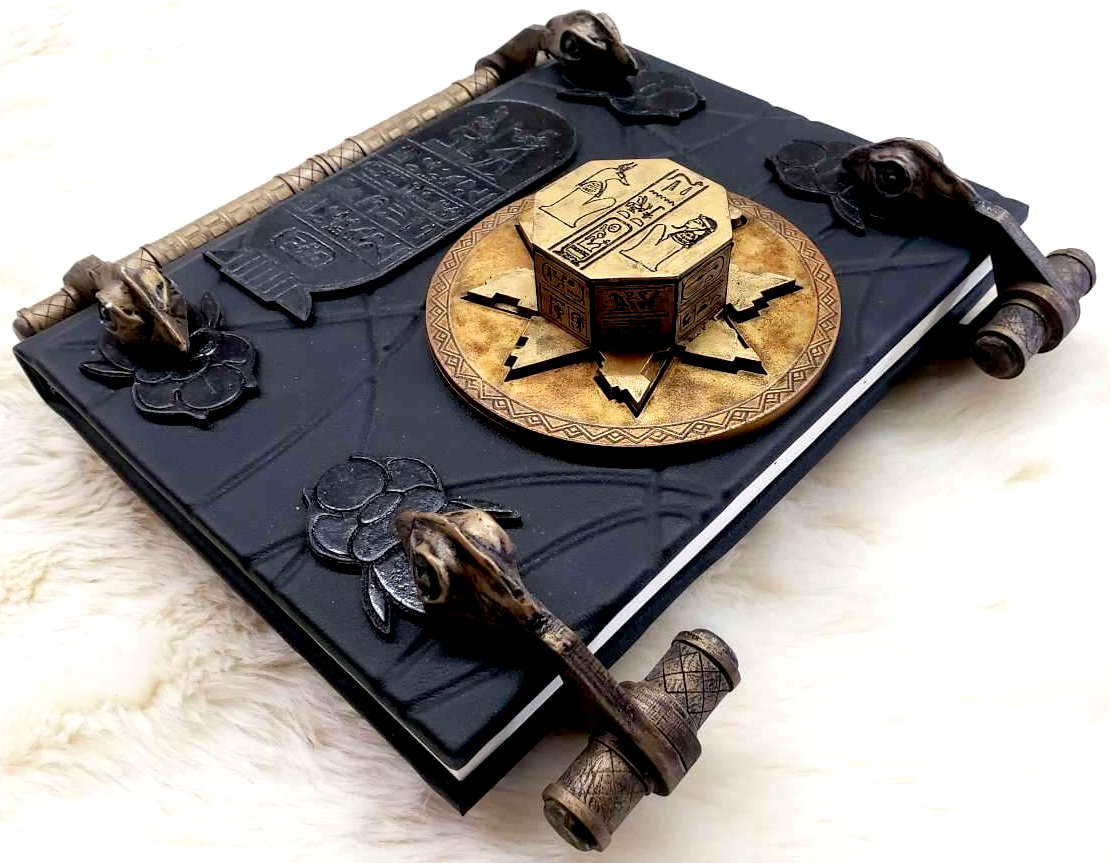The ancient Egyptians spent a lot of time creating hidden underground mausoleums, filled with treasure.
The most famed collection of such elaborate tombs is called "Valley of the Kings," located on the river Nile's west bank near Luxor.
The tombs evidence elaborate preparations for the next world, in which humans were promised continuing life and pharaohs were expected to become one with the gods. Mummification was used to preserve the body so that the deceased's eternal soul would be able to reanimate it in the afterlife.
Mummification
is a process where the bodies (typically) of dead kings and queens of
Egypt were preserved by treating the skin with embalming ointments, and
wrapping the subject's corpse in bandages, also soaked with preservative
chemicals. In addition, the organs of the royal subjects were removed and
placed in canopic jars.

A
map of the Valley of Kings, where many mummies have been found in
specially constructed mausoleums.
A mummy can be a dead human or an animal whose soft tissues and organs have been preserved by either intentional or accidental exposure to chemicals, extreme cold, very low humidity, or lack of air, so that the recovered body does not decay further if kept in cool and dry conditions. Some authorities restrict the use of the term to bodies deliberately embalmed with chemicals, but the use of the word to cover accidentally desiccated bodies goes back to at least 1615 AD (see the section Etymology and meaning).
Mummies of humans and animals have been found on every continent, both as a result of natural preservation through unusual conditions, and as cultural artifacts. Over one million animal mummies have been found in Egypt, many of which are cats. Many of the Egyptian animal mummies are sacred ibis, and radiocarbon dating suggests the Egyptian Ibis mummies that have been analyzed were from time frame that falls between approximately 450 and 250 BC.
In addition to the mummies of ancient Egypt, deliberate mummification was a feature of several ancient cultures in areas of America and Asia with very dry climates. The Spirit Cave mummies of Fallon, Nevada in North America were accurately dated at more than 9,400 years old. Before this discovery, the oldest known deliberate mummy was a child, one of the Chinchorro mummies found in the Camarones Valley, Chile, which dates around 5050 BC. The oldest known naturally mummified human corpse is a severed head dated as 6,000 years old, found in 1936 AD at the site named Inca Cueva No. 4 in South America.

The word "mummy," is of Arabic derivation and refers primarily to the burials found in Egypt, where the practice of mummification was perfected over the centuries to an extreme of elaboration.
Investigations of mummified remains have grown increasingly sophisticated with advances in dating techniques and forensic science. Mummies provide clues to everyday life through such items as clothing, tools, and tattoos. Stomach contents may reveal data on subsistence and the local ecology. Trace-element analysis of hair can reveal exposure to toxic elements (e.g., mercury and lead). Causes of death and active or inactive disease processes can often be ascertained and sometimes point to murder or ritual sacrifice. Mummies can yield blood and DNA samples providing valuable medical and genetic information.
Egyptian mummies more than 5,000 years old consist of hardly more than bones, skin, and hair, owing their preservation largely to the dry air of Upper Egypt. In humid Lower Egypt practically all mummies have perished. By the time of the New Kingdom (1570322 B.C.) the art of embalming had reached its height, and it is possible to determine fairly accurately how the great pharaohs appeared in life, e.g., Amenhotep II (in his tomb near Thebes) and Thutmose III, Thutmose IV,
Tutankhamen, Seti I, and Ramses II (all in Cairo). Mummification was related to beliefs concerning the afterlife and was undertaken to safeguard the fate of the soul. The Egyptian method of preparing the body varied over time and also with the social status of the deceased. At first only kings were mummified; later their retinue received similar treatment. Eventually, numerous animals that were considered sacred (cats, dogs, cows, etc.) were likewise embalmed. From the Middle Ages until the 18th cent., ground Egyptian mummies were sold in Europe as a panacea.
The burial sites of mummies usually contain numerous articles that provide valuable material on the way of life, culture, art, and religion of ancient societies.


The
Egyptian Book of Life and Book of the Dead.

MUMMY
REFERENCE
G. E. Smith and W. R. Dawson, Egyptian Mummies (1924,
repr. 1988);
H. McCracken, God's Frozen Children (1930); R. A.
Martain, Mummies (1945);
D.
Brothwell, The Bog Man and the Archaeology of People (1987);
E. W. Barber, The Mummies of Ürümchi (1999);
B. Fowler, Iceman (2000).